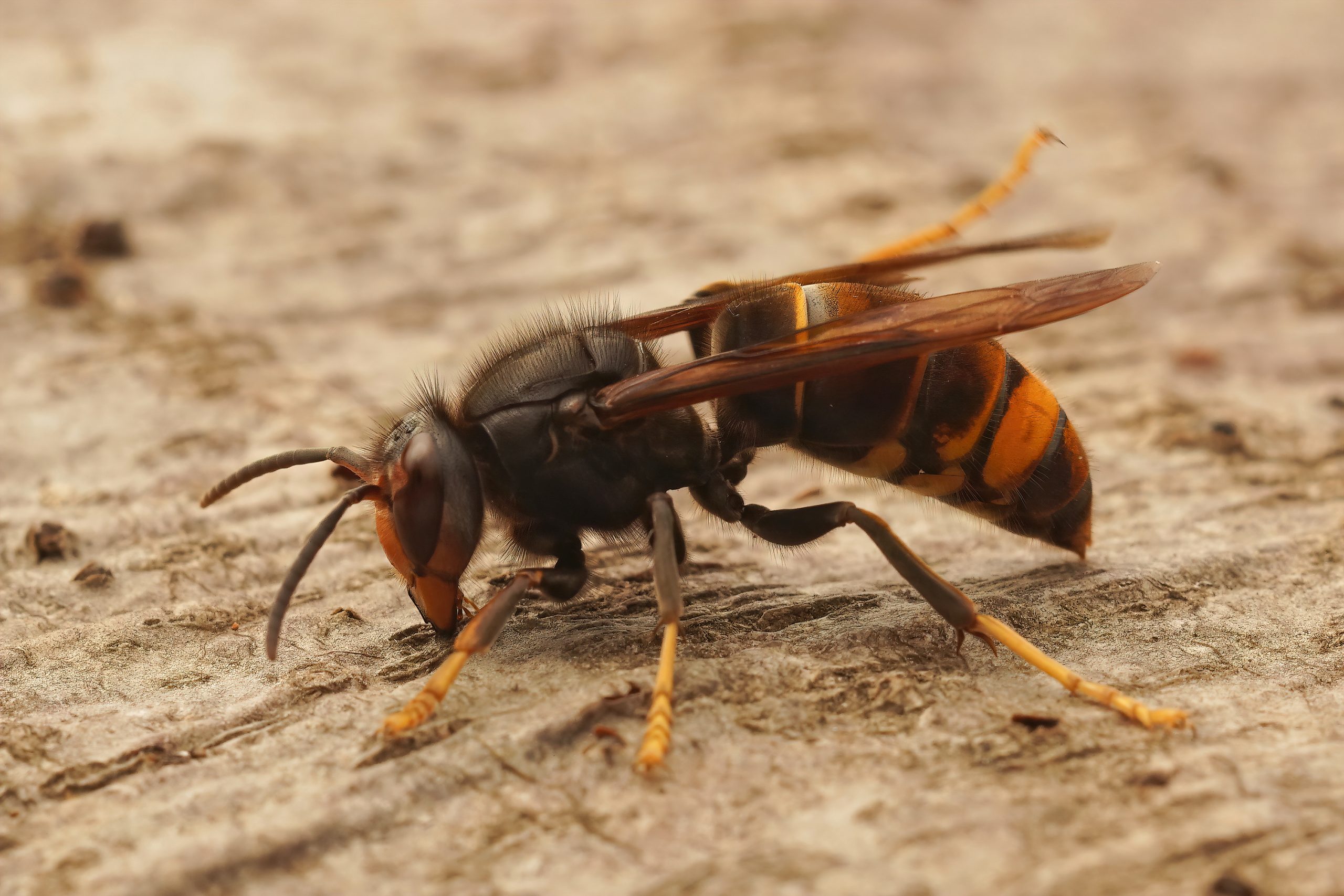Four Seasons Exterminating specializes in stinging insect extermination. Whether you’re dealing with bees, hornets, or wasps, we can help to get rid of the problem quickly and efficiently. Our team of experienced professionals has the knowledge and equipment necessary to safely and effectively eliminate stinging insects from your property. We also offer a variety of preventive services to help keep stinging insects from returning in the future. So if you’re looking for relief from stinging insects, give us a call today. We’ll be happy to help you get rid of these pesky pests once and for all.


Yellowjackets
Yellowjackets may be confused with other wasps, such as hornets and paper wasps. They build nests in trees, shrubs, or in protected places such as inside man-made structures, or in soil cavities, tree stumps, mouse burrows, etc.


Ground Bees
Ground nesting or miner bees are solitary bees that create underground galleries, with queens living individually and raising their own young. The entrances to the nests are small piles or patches of bare soil. They do not form hives, but several females may nest in the same area.


Carpenter Bees
Carpenter bees are large, black and yellow insects about 1 inch long. They resemble bumble bees but the abdomen (rear end) is black and shiny and does not have the extensive yellow hairs found on bumble bee abdomens. The females can sting but rarely do so unless disturbed. The males cannot sting.


European Paper Wasp
The European paper wasp (Polistes dominula) is one of the most common and well-known species of social wasps in the genus Polistes. Its diet is more diverse than that of most Polistes species—many genera of insects versus mainly caterpillars in other Polistes—giving it superior survival ability compared to other wasp species during a shortage of resources.


Mud Dauber
The nest of the black and yellow mud dauber is a simple, one-cell, cigar-shaped nest that is attached to crevices, cracks and corners. Each nest contains one egg. Usually several nests are clumped together and covered in mud. The metallic-blue mud dauber, another sphecid, builds mud nests, but occasionally refurbishes the abandoned nests of other species; it preys primarily on spiders.


Baldfaced Hornets
Baldfaced hornets are distinguished from other yellowjackets by their white and black coloring. It has a white or “baldfaced” head. Bald-faced hornets are omnivorous and are considered to be beneficial due to their predation of flies, caterpillars, and spiders. However, their aggressive defensive nature makes them a threat to humans who wander too close to a nest or when a nest is constructed too close to human habitation. They vigorously defend the nest, with workers stinging repeatedly, as is common among social bees and wasps.


Wasp
Polistes fuscatus, whose common name is the dark or northern paper wasp, is widely found throughout southern Canada, the United States, Mexico, and Central America. It often nests around human development. However, it greatly prefers areas in which wood is readily available for use as nest material, therefore they are also found near and in woodlands and savannas. P. fuscatus is a social wasp that is part of a complex society based around a single dominant queen.
If any of these stinging insects have made their way to your property, make sure to give Four Seasons Exterminating a call at 989-352-7777 today! Take back your outdoors!


